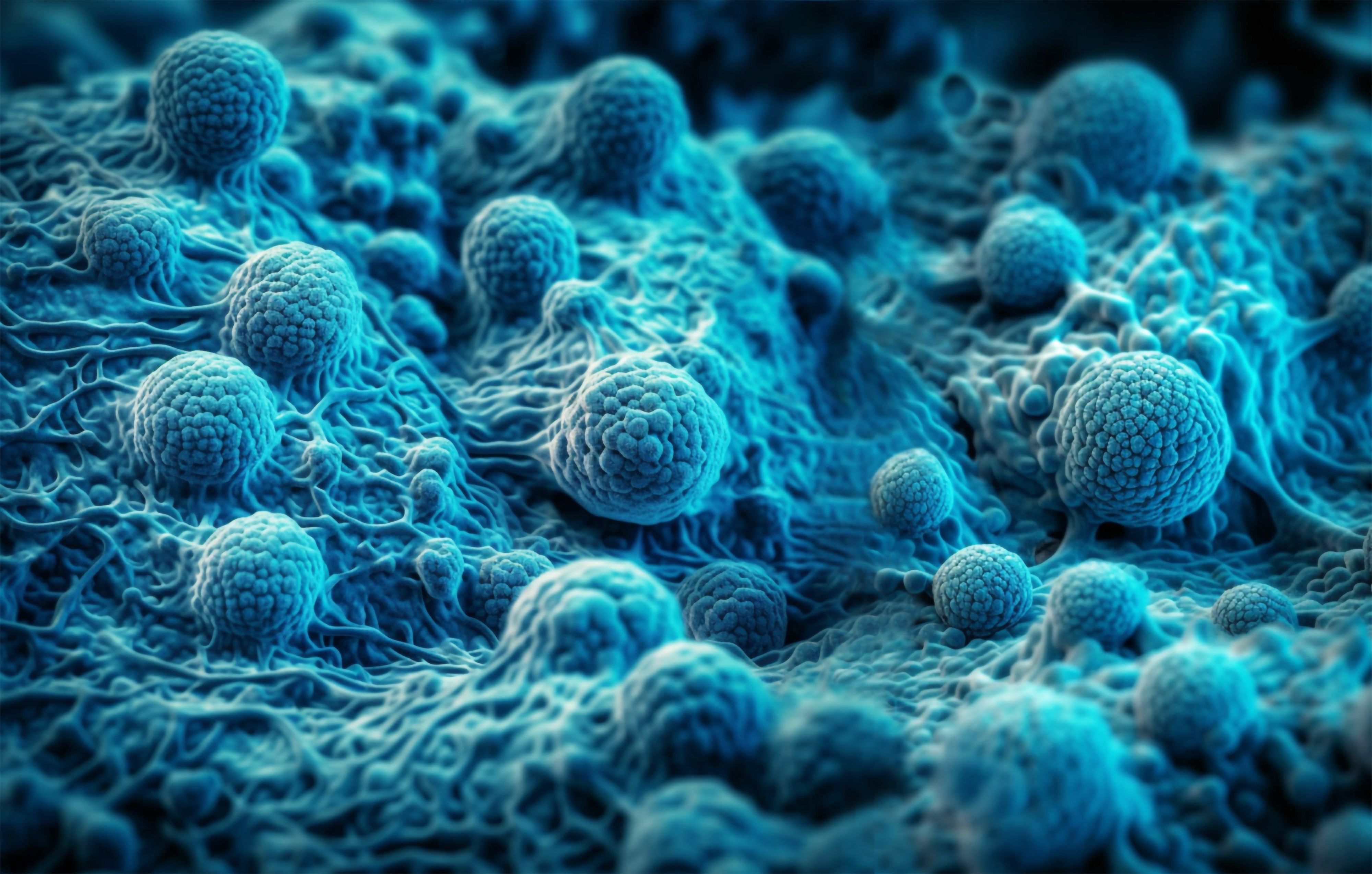BLA for Remestemcel-L to Treat Pediatric SR-aGVHD Resubmitted to FDA
The application of remestemcel-L, a potential first-of-its-kind treatment for pediatric patients following stem cell transplants, has been resubmitted for FDA approval after addressing previous concerns.
Multipotent stem cells in the bone marrow: © Juan Gärtner - stock.adobe.com

- The biologics license application (BLA) for remestemcel-L (Ryoncil) for the treatment of pediatric patients with steroid-refractory acute graft-vs-host disease (SR-aGVHD) has been resubmitted to the FDA.
- In August 2023, the FDA issued a complete response letter (CRL) to the application, denying approval of the agent.
- If approved, remestemcel-L would be the first agent for SR-aGVHD for patients under the age of 12.
Following a CRL issued in August 2023, Mesoblast has resubmitted the BLA for remestemcel-L for pediatric patients with SR-aGVHD.1
“We have worked closely with the agency and thank them for their ongoing guidance, facilitating the potential approval of [remestemcel-L] and addressing the urgent need for a therapy that improves the dismal survival outcome in children with SR-aGVHD,” said Silviu Itescu, MBBS, FRACP, chief executive officer of Mesoblast, in a press release.
The CRL noted that there was insufficient data to support approval. The FDA also required Mesoblast to address ongoing problems regarding chemistry, manufacturing, and controls (CMC) before resubmitting the BLA.2
The company announced a controlled study in high-risk adults to meet the FDA requirements, and in March 2024, the FDA decided that there was sufficient evidence to resubmit the BLA. The new filing also addresses the remaining CMC issues.1
The application of remestemcel-L is supported by the phase 3 GVHD001/002 clinical trial (NCT02336230). A total of 54 pediatric patients with SR-aGVHD were evaluated across 20 centers in the US; 89% of patients had grade C/D disease.
The trial met its primary end point of day 28 overall response (OR) with 70.4% vs 45% (P =.0003). The day 28 OR was considered highly predictive of improved survival through day 100, with 87% vs 47% in patients who did not reach day 28 OR (P =.0001).
A matched control group of pediatric patients from the Mount Sinai Acute GVHD International Consortium (MAGIC) treated with the best available therapy was also used for comparison. Here, remestemcel-L led to a higher day 28 OR, with 70% vs 43%, and higher day 100 survival, with 74% vs 57%. Further, using matched propensity scoring, 67% of high-risk patients receiving remestemcel-L reached a day 28 OR and were alive after 180 days vs 10% of patients in the MAGIC group who received best available therapy.
A 4-year survival study conducted by the Center for International Blood and Marrow Transplant Research also found that survival benefits of remestemcel-L were durable, with 67% survival at 6 months, 63% at 1 year, 51% at 2 years, and 49% at 4 years. These patients had an expected 2-year survival of 25% to 38% with best available therapy.